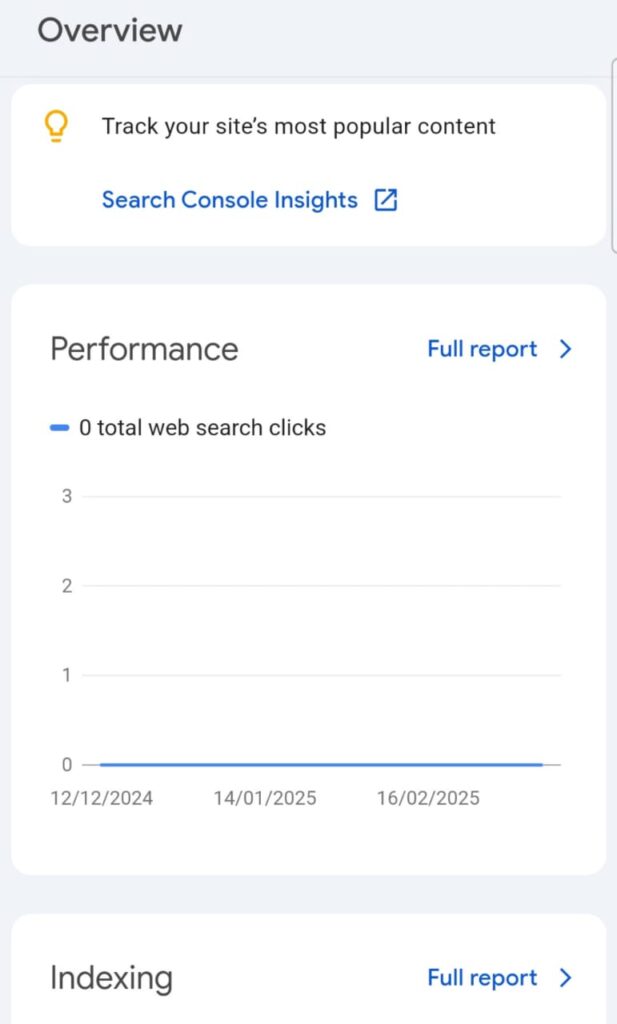As mobile devices continue to dominate internet usage, Google’s shift to mobile-first indexing has made mobile optimization a critical aspect of SEO. In 2025, ensuring your website is optimized for mobile-first indexing is essential for maintaining and improving your search engine rankings. This guide provides actionable strategies to help you adapt to this paradigm shift.
Learn how to create a mobile friendly website
Understanding Mobile-First Indexing
Mobile-first indexing means that Google predominantly uses the mobile version of your website for indexing and ranking. If your site isn’t optimized for mobile, you risk losing visibility in search results.

Key Strategies for Mobile Optimization in 2025
- Responsive Web Design for Mobile-First Indexing
- Fluid Grids and Flexible Images: Ensure your website’s layout adjusts seamlessly across various screen sizes.
- Media Queries: Use CSS media queries to apply different styles based on device characteristics.
- Improve Page Load Speed For Mobile-First Indexing
- Optimize Images: Compress images without sacrificing quality to reduce load times.
- Minimize HTTP Requests: Limit the number of elements on your pages to speed up loading.
- Leverage Browser Caching: Store static resources locally to decrease load times for returning visitors.
- Prioritize Content for Mobile Users Mobile-First Indexing
- Above-the-Fold Content: Place essential information at the top to capture user attention immediately.
- Readable Fonts: Use legible font sizes and styles to enhance readability on smaller screens.
- Touch-Friendly Design: Ensure buttons and links are easily tappable without causing frustration.
- Optimize for Voice Search Mobile-First Indexing
- Conversational Keywords: Incorporate natural language phrases and long-tail keywords to align with voice search queries.
- Structured Data Markup: Implement schema markup to help search engines understand your content better, improving the chances of appearing in voice search results.
- Implement Structured Data
- Schema Markup: Use structured data to provide context to your content, aiding search engines in delivering rich results.
- Breadcrumbs: Incorporate breadcrumb navigation to enhance user experience and site hierarchy understanding.
- Ensure Mobile Security
- HTTPS Protocol: Secure your site with HTTPS to protect user data and build trust.
- Mobile-Friendly Pop-Ups: Avoid intrusive interstitials that can hinder user experience and lead to penalties.

Monitoring and Testing When Doing Mobile-First Indexing
- Mobile Usability Reports: Regularly check Google’s Mobile Usability Report in Search Console to identify and fix issues.
- User Testing: Conduct usability testing with real users to gather feedback and make necessary adjustments.
Conclusion
Optimizing your website for mobile-first indexing in 2025 is not just about keeping up with trends; it’s about providing a seamless and efficient user experience that aligns with search engine expectations. By implementing these strategies, you position your website for better rankings and user engagement in the mobile-centric digital landscape.

